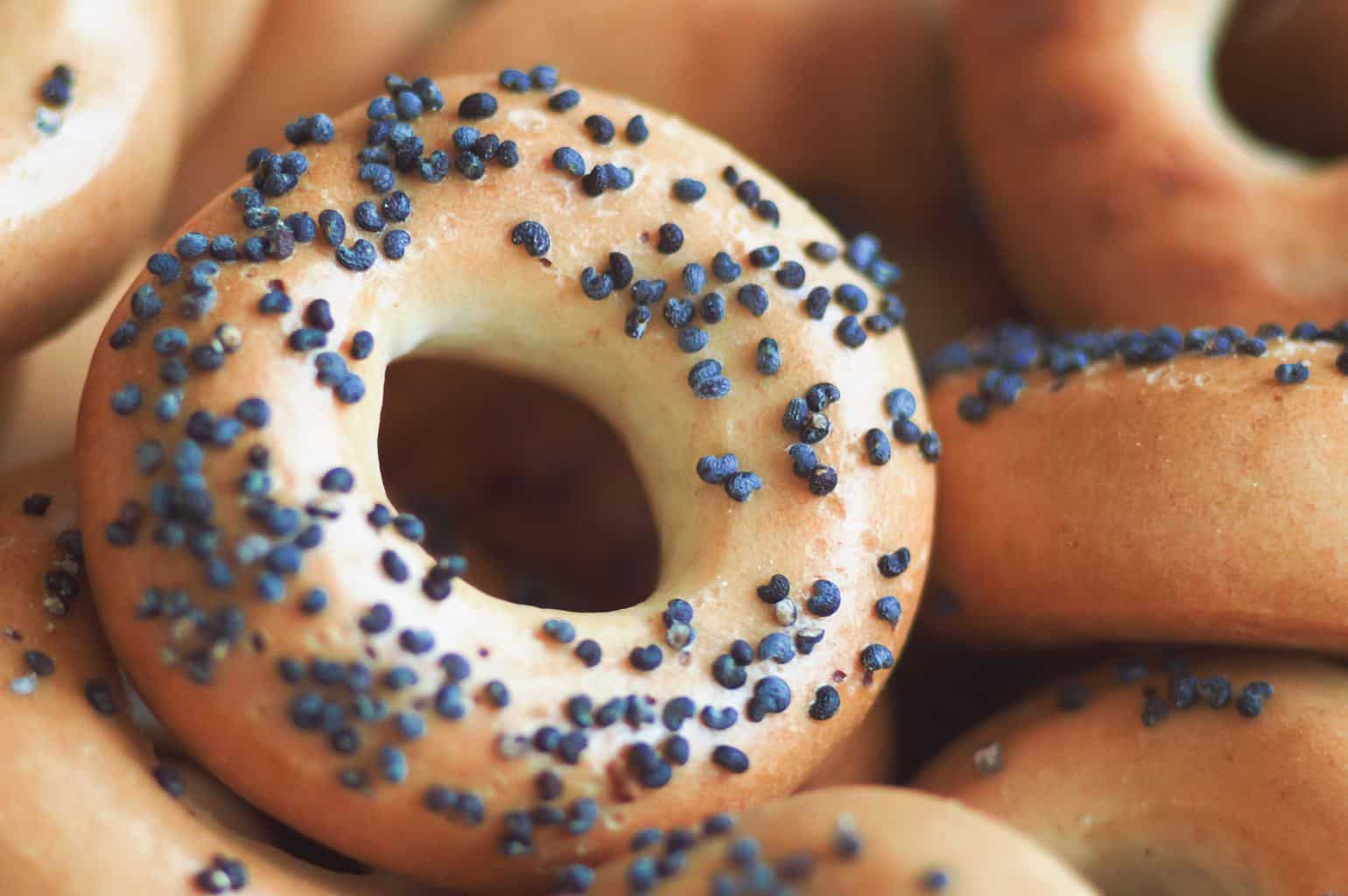- PhentermineLearn more about phentermine and how to get the most from your weight loss journey.
- ResourcesAdditional information and tools to help you make the most of your effort.
- AlternativesLearn more about the most popular weight loss medications and science-backed supplements
What can you eat on a low carb diet?
Published on December 9, 2024

Cutting back on carbs? Yeah, you’re slashing them left and right. It’s no secret, low-carb diets have been the talk of the town forever. Back in the day, people were scared silly that eating more fat because of less carbs would boost cholesterol and zoom straight to heart issues. Doctors and the news crew sure didn’t shy away from dissing low-carb eating styles.
In this article, we want to put a different light on a low carb diet. If you go through this post, you will learn the key points you may need to know to get the best results from your low carb diet plan.
What is a low carb diet?
As we have already said, it is a diet based on the intake of foods that don’t contain or are low on carbohydrates. Studies say that this type of diet is more successful than any other diet (1).
Not only it is more successful in terms of weight loss, but scientists also proved that this diet decreases the risks of various diseases (2). Let’s learn more about the benefits of a diet with limited carbohydrate intake.
Benefits of a low carb diet
As we have already said, there are many benefits of going on a low carb diet. Stay with us and find out more.
1. Low carb diet decreases appetite
This diet automatically reduces appetite. Studies have shown that people who reduce carbohydrate intake while increasing protein and fat intake eventually intake fewer calories during their meals. Because of their reduced appetite, they do it unconsciously.
2. It is among the most effective diets for weight loss
Studies show that people who practice this type of diet lose more weight than those who practice diets with limited fat intake, for a shorter period of time and without the need to consciously restrict the calorie intake. One of the reasons for this diet’s effectiveness is the fact that it reinforces the elimination of excess water from the body.
Likewise, the secretion of hormone insulin becomes weaker, causing the kidneys to get rid of excess sodium, which leads to a rapid weight loss in the first two weeks of the diet.
Usually, all types of diets show very good results in the first few months. After that, people start to gain their weight back because they do not stick to the diet rules and return to their old eating habits. If you want to be successful in losing weight and staying fit, you have to change your lifestyle. Low carb diet may help you change it in the long-term. This is one of the secrets of its success.
3. It helps eliminate fat from the abdomen
Not all fatty accumulation zones in our body are the same. You may have noticed that once you gain weight in your abdominal zone, it is a very stubborn and boring type of fat.
There are subcutaneous fat and visceral fat in the abdominal cavity. Visceral fats are collected around the vital organs and can cause inflammation, insulin resistance, and metabolic disorders. A diet with limited carbohydrate intake is very effective in lowering the visceral fat levels. Therefore, the risk of heart attack and type 2 diabetes can be reduced if you start a low carb diet.
4. Low carb diet reduces triglyceride levels
Triglycerides are actually molecules of fat. It is known that they can cause serious heart diseases. Increased carbohydrate intake, especially fructose, positively affects the level of triglycerides in the blood, i.e. helps lower the triglyceride levels in the blood (2).
5. The increase in the level of “good” (HDL) cholesterol
High-density lipoprotein (HDL) is often called the “good” cholesterol. Lipoproteins are responsible for the transmission of cholesterol in the blood. While LDL (Lipoprotein Small Density, popularly known as the “bad” cholesterol) transmits cholesterol from the liver into the bloodstream, HDL is responsible for the transmission of cholesterol from the blood into the liver, which processes it.
Therefore, higher levels of “good” cholesterol in the blood account for a lower risk of getting heart disease. The best way to increase the HDL level is to take more “healthy” fats, and this is exactly what this diet is based on (2), as you will see later in the article.
6. It reduces the level of insulin and blood sugar
When you consume food that contains carbohydrates, they dissolve to simple sugars, mostly glucose. Then, they go to the bloodstream and raise the level of sugar in our blood. As high blood sugar level is toxic, our body secretes hormone insulin that causes the cells to store and burn sugar.
In healthy people, insulin is produced relatively fast and protects us from the effects of elevated blood sugar levels. However, many people have problems with the normal functioning of this hormone. They have a disorder called insulin resistance.
This means that their cells do not detect sugar that they need to store. This can lead to type 2 diabetes when our body cannot produce enough insulin. Type 2 diabetes is a widespread disease and nearly 300 million people worldwide suffer from it.
Fortunately, there is a very simple solution to this problem: reduced carbohydrate intake! In this way, less sugar is degraded and thus the need for more insulin is eliminated in a natural way.
If you are taking medicines that lower your blood sugar levels, consult your doctor before deciding to reduce your carbohydrate intake. You may need to change the dose of your medication to avoid hyperglycemia.
7. It helps lower blood pressure
High blood pressure is a risk factor for the onset of heart disease, heart attack, kidney function disorders, and many other diseases. Lower carbohydrate intake can help lower your blood pressure and therefore reduce the majority of these risks (3).
8. Low carb diet is effective in the fight against metabolic disorders
Metabolic disorders are associated with the risks of heart disease and developing diabetes. Symptoms of the disorder include flatulence, high blood pressure, elevated blood sugar, high triglyceride levels and low levels of the “good” cholesterol. The good news is that you can alleviate these symptoms by practicing a low carb diet (4).
9. Reduces the negative effects of “bad” cholesterol
Low-Density Lipoprotein or LDL is often called “bad” cholesterol (we repeat, it’s actually a protein). People with elevated levels of LDL have a higher risk of heart disease.
However, there are several types of LDL and not all are equally harmful. LDL particle size in blood plasma is very important. People with smaller particle size are more prone to developing heart disease, and vice versa. The low carb diet helps increase the size of these particles and generally their number in blood decreases (3).
10. Diet has a therapeutic effect on brain disorders
Sugar glucose is essential for the normal functioning of the brain. That’s why our liver turns proteins into glucose if you do not get enough carbohydrates.
However, our brain can also use ketone compounds, which are formed due to the reduced carbohydrate intake. Ketone treatment has been used for decades to treat epilepsy in children who do not respond to medication. In many cases, a ketone diet has helped children cure epilepsy.
The rules of the low carb diet
After these 10 amazing benefits of practicing the low-carb diet, i.e. leading a low-carb intake lifestyle, we are sure that you wonder what you should and shouldn’t eat. There are some clear rules of the low carb diet and we will now talk about it.
First of all, let’s repeat once again: the idea behind the low carb diet is reducing the caloric intake and using calories from fat instead, but at the expense of carbohydrates. When we consume a limited amount of carbohydrates, as soon as it remains without glycogen, it will start to use fat as a source of energy. The body will burn excess fat when it lacks energy due to a limited amount of carbohydrates.
Now when we understand the principle behind this diet, we can tell you more about the rules.
1. Take your carbohydrates before exercising
In anaerobic exercise, with high intensity, our body relies on glucose in blood, muscle glycogen, hepatic production of glucose, and gluconeogenesis for fuel. Your body uses glucose to refill the muscles and it uses the liver glycogen after exercise.
Fortunately, your body is cheap and economical. It uses the sources that are the easiest to access and it saves your muscles for the end.
In order to reduce the need for cortisol production and prevent your body from using muscle amino acids as a fuel, you should increase the carbohydrate intake before your exercise.
Consume carbohydrates before training to increase the level of glucose in blood and reduce the amount of cortisol needed for most energy requirements.
You can maintain a low-carbohydrate diet (~ 25-30% of total carbohydrate calories) by saving your carbohydrate intake for the periods before, during and after exercising. You should eat protein-rich food for the rest of the day.
2. Replace the carb calories with proteins and fats
Increase the intake of proteins in order to reduce cortisol. Allowing your body additional amino acids for gluconeogenesis from dietary sources can reduce the need to get rid of the muscle tissue.
Generally, when you start the low-carbohydrate diet, you may wish to replace the carbohydrate calories with proteins and fats. Keep in mind that 9 calories per gram of fat equal to 4 calories per gram of protein. Therefore, you should consume much more grams of protein than fat, but the calorie intake is equal.
For example, if you reduce the carbohydrate intake from 250 grams per day to 50-75 grams per day, you should replace approximately 400 of these carbohydrate calories (100 grams) with 400 calories of protein (100 grams of protein) and the rest of the calories comes from fats.
3. Think about MCT
There is a piece of strong evidence to support the use of medium chain triglycerides (MCTs) when you are on a low carbohydrate diet.
MCT is doing a great thing for your body because it circumvents certain metabolic processes and is ultimately used for fuel during exercise (if needed), thus reducing the overall need for glucose and potentially reducing the need for cortisol.
Additionally, MCTs demonstrate efficiency in increasing fat oxidation and improved body composition as the stored fat decreases.
Dietary sources of MCT include butter, coconut and palm oil. MCT exists in various supplements as well. However, experts recommend taking it in its natural forms, if possible.
What can you eat?
You can eat the following foods:
- red meat,
- poultry,
- eggs,
- fish,
- dairy products,
- green vegetables,
- zucchini,
- tomatoes,
- peppers,
- oil,
- butter,
- avocado,
- nuts,
- moderate amounts of red wine,
- coffee without sugar (5).
If you are on a low carb diet, you should:
- Drink many water.
- Include fresh vegetables to your daily menu.
- Take enough calcium by consuming milk and milk products
- Eat fish.
- Use extra virgin olive oil because it is a rich source of antioxidants and good fats.
- Replace the carbohydrate intake with the intake of additional proteins in order to reduce the production of cortisol because this is the way in which you will preserve the muscles (5).
- MCT oil can help you when you want to get some glucose and it can provide the fuel that you can use instantly.
What should you avoid?
You should avoid consuming cereals and their products, legumes and their products, vegetables rich in starch, fresh and dry fruit, as well as fruit products (jams, marmalades, etc.), ketchup, honey, sugar, chocolate, cakes, cookies, carbonated drinks and energy drinks.
Warnings
An excessively long diet based on a reduced CH ratio results in increased cortisol production and reduced production of testosterone – this contributes to fat gain and muscle loss.
T3 is a hormone that is produced by your body to control metabolism. A low carb diet can slow down the production of T3 in the body.
Low carb diet should not be practiced by children and young people, as the exclusion of fruits, cereals, and vegetables with a high content of starch usually results in a significant reduction of energy intake and an insufficient input of a series of micronutrients and useful phytochemicals. All of this can result in a lag in growth and development.
This diet is not recommended for people who have heart problems if they are physically active.
This diet increases the LDL cholesterol and it is therefore not recommended for people who already have elevated LDL cholesterol levels.
It is not acceptable to practice this diet if you are a pregnant woman or a nursing mother. In these states, you may wish to consume food from all groups.
Headache can be a side effect of this diet.
References:
(1) https://www.ncbi.nlm.nih.gov/pubmed/12761365
(2) https://www.ncbi.nlm.nih.gov/pubmed/17093250
(3) https://www.ncbi.nlm.nih.gov/pubmed/19506174
(4) https://www.ncbi.nlm.nih.gov/pubmed/16287956
(5) https://www.ncbi.nlm.nih.gov/pubmed/21696306


